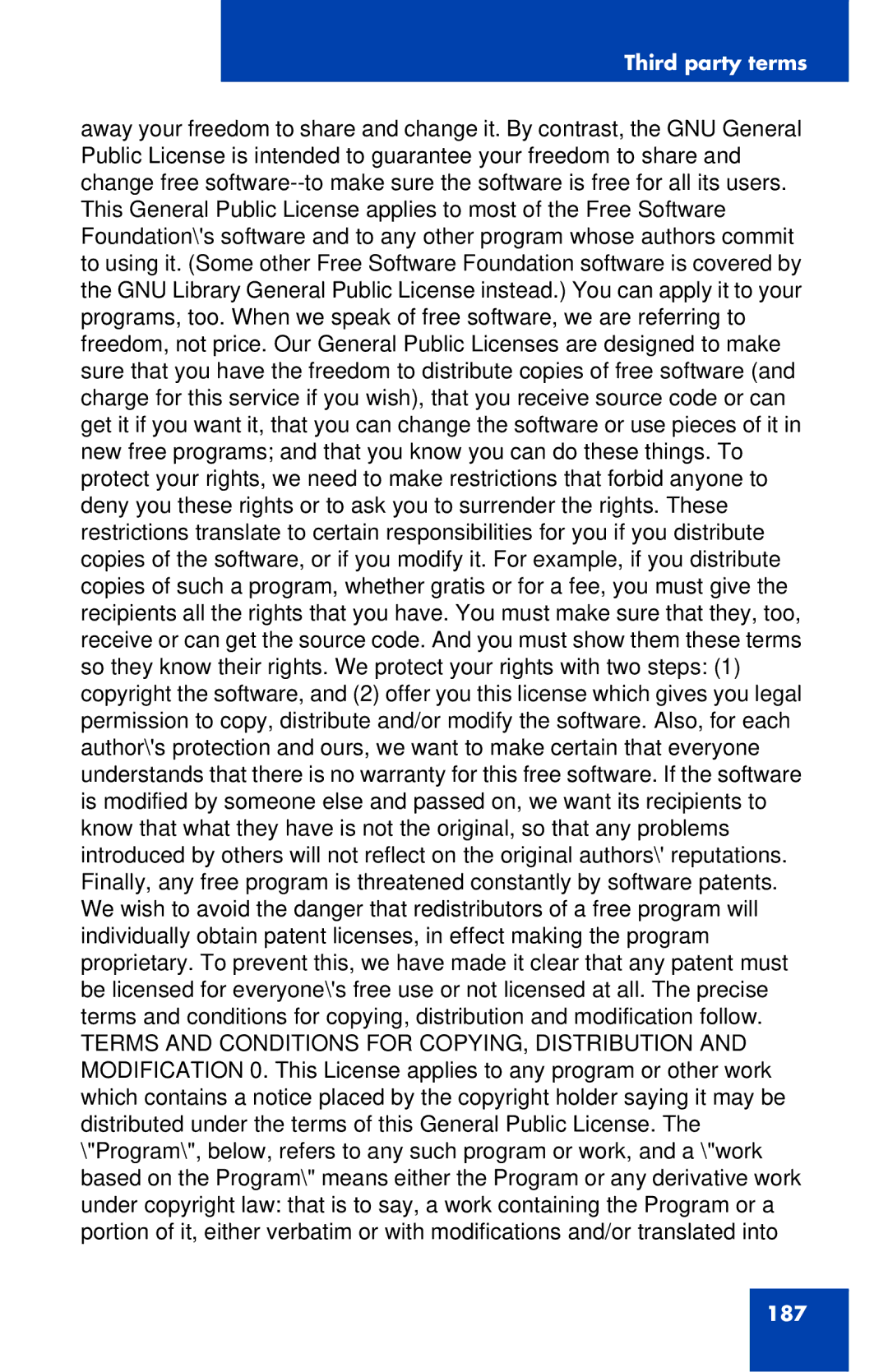1120E specifications
The Avaya 1120E is a versatile, feature-rich digital phone that is part of the Avaya 1100 Series Designed for today's business communication demands. Known for its reliability and ease of use, the 1120E is ideal for both small and large enterprises, providing a seamless user experience and advanced communication capabilities.One of the standout features of the Avaya 1120E is its exceptional audio quality, realized through its wideband speakerphone and support for high-definition Voice over IP (VoIP) communications. This allows for crystal-clear conversations, enhancing collaboration and productivity during calls. Its ergonomic design, complete with a full-duplex speakerphone and adjustable volume control, ensures that users can conduct meetings or conference calls with minimal disturbances.
The phone comes equipped with a large, high-resolution graphical display that provides easy navigation through menus, making it simple for users to manage their calls and access essential functions. The display is complemented by a well-designed keypad featuring a total of 12 programmable function keys, allowing users to personalize their phone for quick access to frequently used features such as call directories or speed dial.
The Avaya 1120E supports a range of technologies, including standard SIP (Session Initiation Protocol), which facilitates interoperability with various communication platforms. This makes it an excellent choice for organizations seeking to integrate their phone systems with unified communications solutions. Additionally, the phone supports both PoE (Power over Ethernet) and local power supply options, offering flexibility in deployment and reducing the need for additional power infrastructure.
Security is a priority for Avaya, and the 1120E is no exception. The phone features robust security measures including encryption to safeguard voice communications and protect sensitive information from unauthorized access. This security, combined with its ease of use and adaptability, makes the Avaya 1120E a reliable choice for organizations across various sectors.
In conclusion, the Avaya 1120E is a dependable and feature-laden digital phone that caters to the communication needs of modern businesses. With its excellent audio quality, user-friendly interface, and support for advanced technologies, it stands out as a top choice for organizations seeking to enhance their telephony infrastructure and improve collaboration among employees. Its combination of performance and flexibility ensures that it remains a significant asset in any corporate communication strategy.

